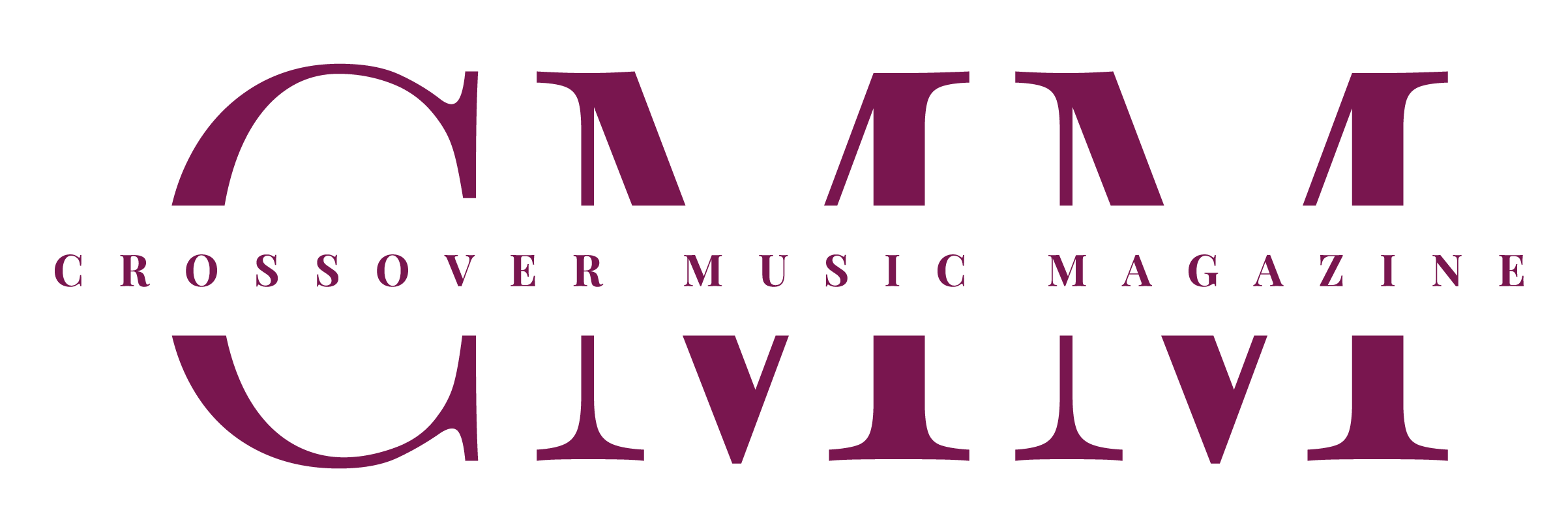
Taylor Swift has been famously reclaiming her music catalog by re-recording and re-releasing any albums she does not own the masters to. Her most recent addition to the collection is “Speak Now: Taylor’s Version,” which includes twenty-two tracks. In a statement posted to her social media accounts, Taylor shared, “I always looked at this album as my album, and the lump in my throat expands to a quivering voice as I say this. Thanks to you, dear reader, it finally will be.”
I applaud Taylor for being an incredibly savvy businesswoman and also for this personal victory in owning something that always should have been hers in the first place. In addition to now owning the masters, Taylor will have total creative freedom, which is a rare position for an artist to be in.
Why Do Artists Re-Release, Re-Record Albums, or Create Multiple Versions?
Taylor may be one of the most famous examples, but in the music industry, it is not uncommon for artists to re-release, re-record, or create multiple versions of their albums. There are several reasons why artists may choose to do this, including:
- To take ownership of their masters: When an artist signs a record deal, they typically give up the ownership of the masters, or original recordings, of their music to the label. This means that the label has the right to control how the music is used, including how it is licensed for streaming, sold, and used in advertising. In recent years, there has been a growing movement among artists to reclaim ownership of their masters. One way that artists can do this is by re-recording their music. By re-recording their music, artists can create new masters that they own outright. This gives them more control over how their music is used and allows them to earn more money from it.
- To improve the sound quality: Recording technology has improved significantly over the years. As a result, artists may choose to re-record their music to take advantage of newer recording techniques and equipment. This can result in better sound quality for the music, which can appeal to fans and critics alike.
- To update the arrangements: Artists may also choose to re-record their music to update the arrangements. This could involve changing the instrumentation, the tempo, or the overall feel of the songs. It can be a way for artists to breathe new life into their music and make it more relevant to current audiences.
- To target different markets: Artists may also choose to re-record their music to target different markets. For example, an artist may re-record their music in a different language to reach new fans in other countries. Or, an artist may re-record their music in a different genre to appeal to a different audience.
Labels and artists may have their own reasons for re-releasing music, which include:
- To introduce new fans to an artist’s back catalog: A record label might re-release a compilation of an artist’s early work if they are trying to introduce the artist to a new generation of fans. For example, the record label might re-release a compilation of an artist’s first six albums to introduce the music to fans who were not around when first released.
- To generate sales: A record label might re-release a compilation of an artist’s hit singles if they are trying to generate sales. For example, the record label might re-release a compilation of Michael Jackson’s biggest hits to capitalize on the popularity of his music.
- To capitalize on current trends: A record label might re-release a compilation of classic songs from a certain genre if that genre is becoming popular again. For example, the record label might re-release a compilation of disco hits if disco music is experiencing a resurgence in popularity.
Examples from the classical crossover world:
Pure: New Zealand singing sensation Hayley Westenra’s best-selling album “Pure” was released with multiple versions. Some speculated reasons include adjusting the tracklist to ensure qualification in classical charts in various different territories, generating additional sales from hardcore fans (I was one of them!) to purchase rare songs on special editions, and various licensing restrictions between countries.
Classical Album: Hymns, Songs & Arias: Rhydian Robert’s final classical album featured remastered versions of many of his finest recordings. Rhydian shared with me that this new album allowed him to take creative control over the mixes in a way he hadn’t been able to before.
The Ultimate Collection: Katherine Jenkins parted ways with her long-time label Universal Classics and Jazz in an effort to break into the US market with Warner Brothers and a special collaboration with David Foster. Her new album “Believe” was released in 2009, and coincidentally (?) her old label used this moment to also release a Best of Collection entitled, “Katherine Jenkins: The Ultimate Collection.” It seems to all be water under the bridge, however, as Katherine returned to Universal in 2013.
Ultimately, there are many reasons why artists choose to re-release, re-record, or create multiple versions of their albums. To me, it’s compelling to see that artists are so passionate about certain songs that they stay with them for a lifetime in various formats. As a fan, it’s a treat to be able to hear the growth and have multiple versions. As a musician, it’s a small but meaningful step to choose to put the profits into the hands of the artist rather than the labels.






